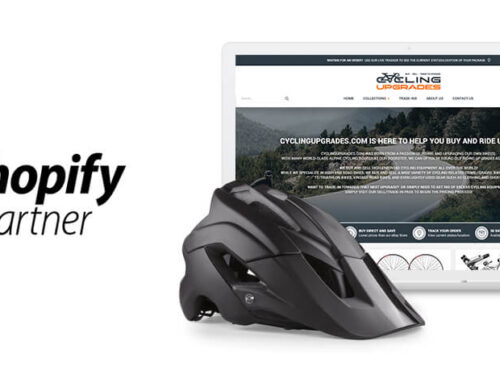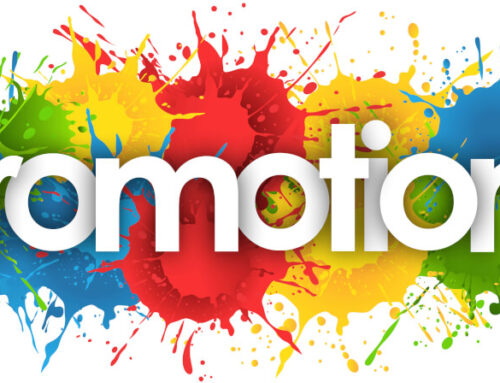
One of the hallmarks of a great brand is a confident and distinctive tone of voice.
These brands know exactly who their customers are and speak to them in a way that’s natural and engaging.
Tone of voice is the result of the choices a brand makes about the language, style and messages it shares. People will make decisions about your brand based on the tone it communicates with.
It’s important because it can draw your audience closer or alienate them completely.
We live in the age of personalization. And customers have limitless choices. They will choose brands that fit their lifestyles and values. For brands, this means finding the right way to approach customers, the right tone of voice.
It’s important that your brand’s tone is not fixed. It should be strong enough for your customers to easily identify it, yet fluid enough to evolve with your customer and hold their interest over time. If you listen to your customers and engage on equal terms, your tone of voice should very naturally develop to fit with the tribe and make them feel that they belong.
Start with why
Simon Sinek talks in his ‘Start with why’ presentation about the need to understand why your company does what it does. Not how you do it, or what you do, but why. He discusses Apple as a perfect example of a company that started with ‘why’ when building out their tone and messaging. Why do they exist? To challenge the status quo. To ‘think different’. People are Apple fans not because they love the computer, but because with Apple they find a tribe of people who want to empower the individual.
Your tone of voice has to serve as proof of your why. ‘The most basic human desire on the planet is to feel like we belong,’ says Sinek, and when you find that community of people who believe what you believe, you feel trust.
And trust is vital if you want people to not only buy, but believe in and promote the what that proves your brand’s why.
Know your customer
The next step in determining your brand’s tone is understanding your audience. Just like in face to face conversation, we have to change our approach depending on who we’re talking to.
While you probably have a good idea who your target customer is, but there’s no harm in researching further. A good place to do this is social media. Look at your competitors and companies selling other products to your customers. Explore groups related to your niche and follow relevant influencers. Immerse yourself in the social media experience of your customer. Look at which kind of posts they engage with and how they engage. Note how their tone and the language they choose.
You should try to understand what’s important to your customers, what stirs their emotions and how they express themselves.
Next, ask yourself what kind of dynamic you want to create with your customers. Are you a friend? An adviser? Entertainer? Figure that out and you’ll start to see just how powerful your choice of language can be, when it comes to shaping a relationship with your customers.
Once you’ve decided the qualities you want to portray through your communications, creating a brand voice chart can be helpful for understanding how our unique qualities can be carried by tone of voice.
This is an example brand voice chart for an e-commerce store that sells outdoor pursuits equipment.
Be consistent
Strong brands like Virgin find their strength in consistency. Virgin sell everything from flights to mobile phone plans but they keep the same brand presentation and the same tone across all of their marketing. You don’t have to know what Virgin sell to know that their brand is fun.
Trustworthy and likeable people don’t change their personality every day. And neither should your brand. It’s important to keep your tone consistent. Switching your tone of voice mid-sentence will give your copy a very clunky, jumbled feel and tell customers that you are not authentic. Just consistent brand visuals, a consistent tone of voice allows people to trust that they’ll always get the same quality of customer service, value for money or fast delivery. It’s important in e-commerce not to appear uncertain or untrustworthy.
Establishing your brand tone of voice may take time and it may evolve, but getting it right will make the rest of your marketing easy. Once you’ve established your brand’s tone of voice, you can begin implementing it at the core of your business and across all brand touch points. Producing a guide for your brand tone will inform anyone who produces content for your brand what kind of tone they need to write in, and what type of language they should and shouldn’t be using. It’s particularly useful for when new people join your business, as they can quickly determine what your business is all about, and how you want it to be perceived.







